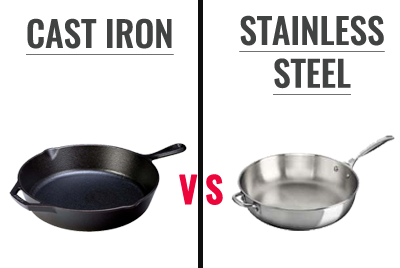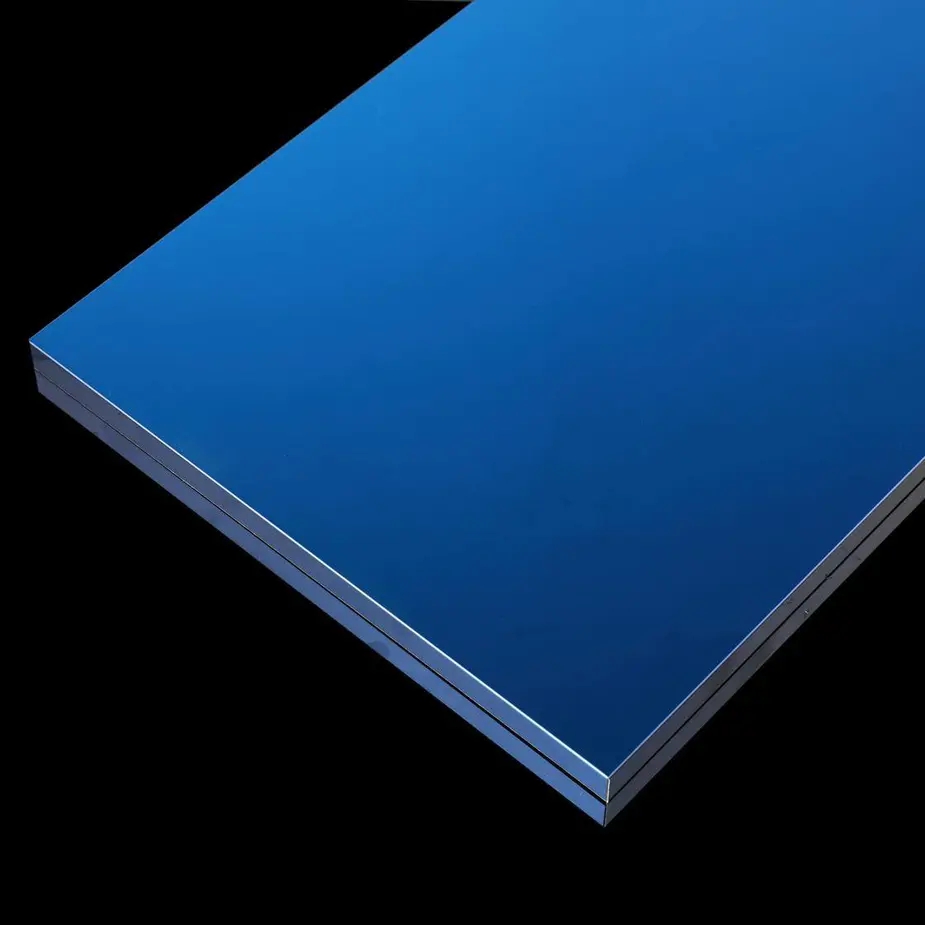In the realm of durable and versatile materials, stainless steel and cast iron have long been revered for their exceptional qualities. However, the debate over which material reigns supreme has been an ongoing discussion among industry experts, manufacturers, and consumers alike. In this comprehensive analysis, we delve into the intricate details of these two powerhouse materials, exploring their unique properties, applications, and suitability for various industries.
Understanding Stainless Steel: A Paragon of Strength and Elegance
Stainless steel, a remarkable alloy of iron, chromium, and other elements, has garnered a reputation for its exceptional durability, corrosion resistance, and aesthetic appeal. Xinguangyuan, a leading manufacturer of stainless steel products, has been at the forefront of innovation, offering a wide range of solutions tailored to diverse industries.
Unparalleled Corrosion Resistance
One of the most significant advantages of stainless steel is its remarkable resistance to corrosion. The chromium content in the alloy forms an invisible passive layer that protects the material from oxidation, making it an ideal choice for applications where exposure to moisture, chemicals, or harsh environments is a concern. This property makes stainless steel an excellent choice for kitchen appliances, medical equipment, and outdoor installations, ensuring longevity and minimizing maintenance requirements.
Unmatched Strength and Durability
Stainless steel's exceptional strength-to-weight ratio is a testament to its durability. Its high tensile strength and resistance to impact, abrasion, and wear make it a preferred choice for applications where structural integrity and safety are paramount. From architectural structures to transportation components, stainless steel's reliability is unparalleled.
Aesthetic Versatility
Beyond its functional superiority, stainless steel boasts a sleek and modern aesthetic that complements a wide range of design styles. Xinguangyuan's hairline stainless steel sheets, available in various finishes, including brushed, satin, and mirror-like, offer architects and designers a canvas for creating visually stunning and timeless masterpieces.
Cast Iron: A Timeless Classic with Enduring Resilience
Cast iron, a material with a rich history dating back centuries, has long been revered for its exceptional durability and heat retention properties. While it may not possess the same level of corrosion resistance as stainless steel, cast iron has carved out a niche in applications where its unique characteristics shine.
Unmatched Heat Retention and Distribution
Cast iron's exceptional heat retention and distribution properties make it an ideal choice for cookware and wood-burning stoves. Its ability to maintain consistent temperatures and evenly distribute heat ensures superior cooking performance, making it a favorite among professional chefs and home cooks alike.
Robust Durability
Cast iron's inherent strength and resistance to wear and tear make it a reliable choice for applications where durability is paramount. From industrial machinery components to decorative architectural elements, cast iron's longevity and resilience have stood the test of time.
Timeless Aesthetic Appeal
While stainless steel exudes a modern and sleek aesthetic, cast iron offers a timeless and rustic charm that resonates with those seeking a more traditional or vintage look. Its unique patina and character add warmth and depth to any setting, making it a popular choice for decorative elements, furniture, and architectural accents.
The Verdict: Striking a Balance Between Functionality and Aesthetics
In the battle between stainless steel and cast iron, there is no clear-cut winner. Both materials excel in their respective domains, catering to diverse applications and design preferences. The choice ultimately depends on the specific requirements of the project or application at hand.
For industries demanding superior corrosion resistance, low maintenance, and a modern aesthetic, stainless steel emerges as the frontrunner. Xinguangyuan's extensive range of stainless steel products, from hairline sheets to intricate architectural components, exemplifies the material's versatility and adaptability.
On the other hand, cast iron shines in applications where heat retention, durability, and a timeless aesthetic are paramount. Its enduring popularity in cookware, wood-burning stoves, and decorative elements attests to its unique charm and functionality.
Ultimately, the decision to choose between stainless steel and cast iron should be guided by a careful evaluation of the project's requirements, design considerations, and the desired balance between functionality and aesthetics. By understanding the strengths and limitations of each material, architects, designers, and manufacturers can create exceptional products that not only meet practical needs but also captivate and inspire.
Embracing Innovation and Sustainability
As we look towards the future, both stainless steel and cast iron manufacturers are embracing innovative techniques and sustainable practices to reduce their environmental impact. Xinguangyuan, for instance, has implemented state-of-the-art manufacturing processes that minimize waste and promote energy efficiency, ensuring that their products not only meet the highest quality standards but also contribute to a greener tomorrow.
In conclusion, the debate between stainless steel and cast iron is not about declaring a winner but rather about recognizing the unique strengths and applications of each material. By leveraging the expertise of manufacturers like Xinguangyuan and embracing sustainable practices, we can create a world where functionality, aesthetics, and environmental responsibility coexist in perfect harmony.


